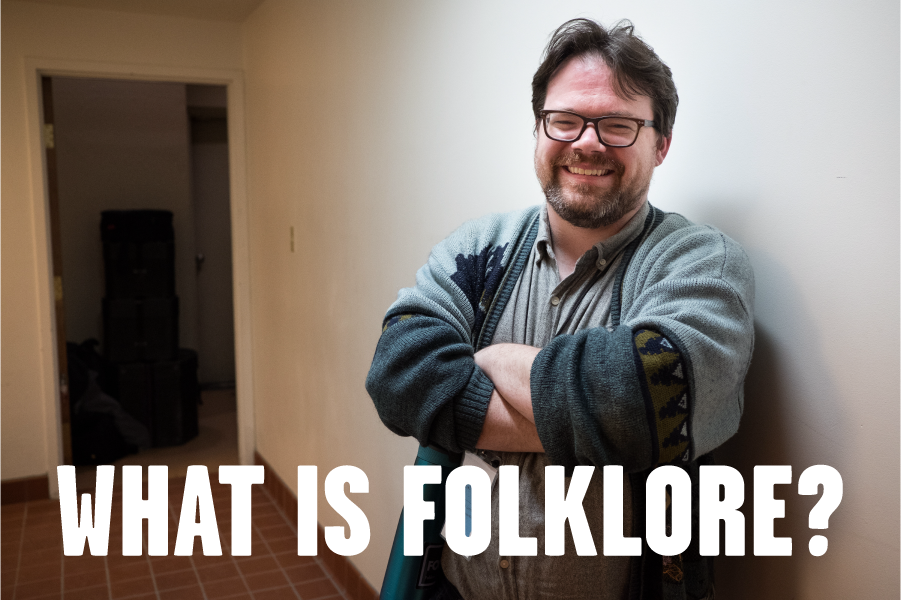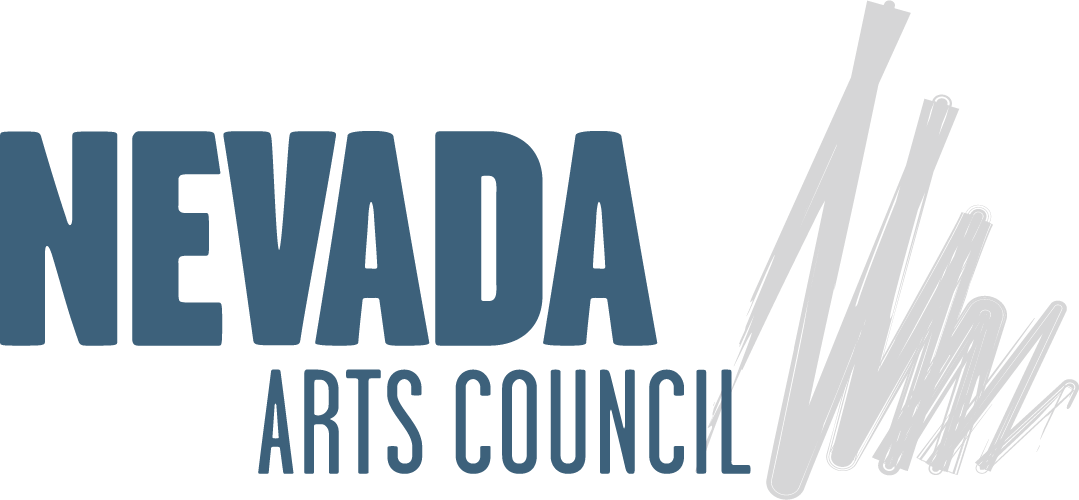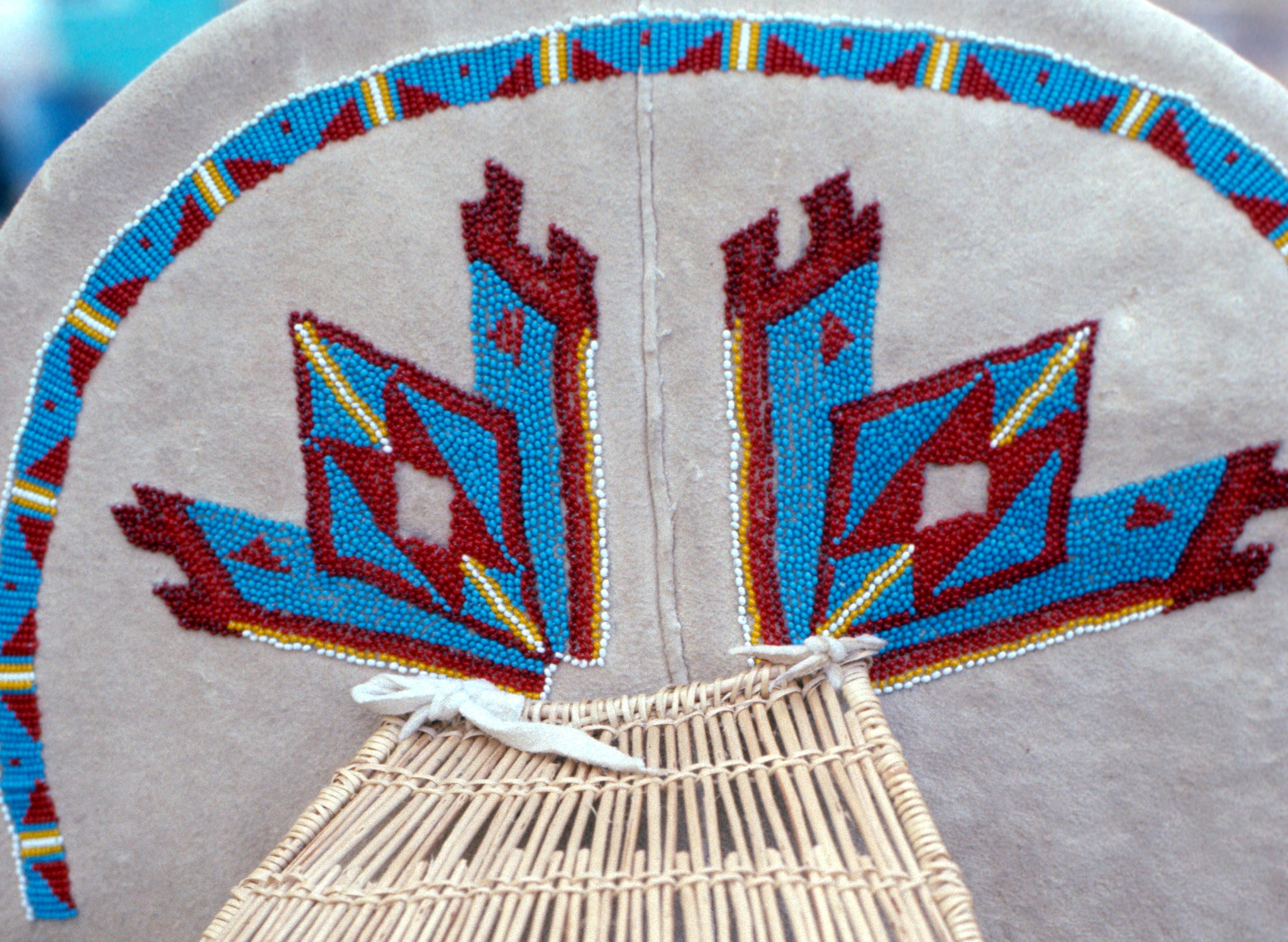What is Folklore? An introduction from our Folklorist, Brad McMullen

Hello! My name is Brad McMullen and I’m the new Folklife Specialist at the Nevada Arts Council. It’s my job to support the folk and traditional arts in the state of Nevada. Now normally when I introduce myself that way, I tend to get some blank stares, because people aren’t always familiar with what the phrases “folklife” or “folk and traditional arts” means. So rather than sit here and ramble on about my credentials or what I’m planning to do in the position, why don’t I start by explaining some terms.
There’s a lot of different phrases people will use to mean more or less the same thing. Terms like folklore, folklife, folk and traditional arts, and cultural heritage all get used in the names and missions of various organizations all dedicated to the same basic goal – to preserve and promote cultural practices and artforms. Personally, I prefer the term folklife (if only because it’s short and in my job title), so going forward that’s the term I’m going to use. To help lay out what these terms mean, here’s some examples of folklife:
- A Paiute father and daughter work on making a cradleboard, the father passing down his knowledge to his daughter as they work.
- A cowboy gets up on stage at the National Cowboy Poetry Gathering in Elko, NV and recites a poem he heard from another cowboy around a fire.
- A group of teenagers at a sleepover tell each other ghost stories and other urban legends, competing to tell the scariest story.
- A young Indian-American woman completes her Arangetram after studying Bharatanatyam dancing with a guru for years
Now, there are three things that each of these examples have in common – they’re all culturally traditional, communal, and expressive.
- They’re culturally traditional – each of these activities belong to a culturally specific context, with the knowledge of what each activity involves and how to do it passed down the people doing it by others within the community. Frequently these groups are based on ethnicity, nationality, or religion, but also can be based on things like occupation, age, location, or just affinity. Think about the different groups you belong to – they’re each a part of your identity. Things like inside jokes a friend group has amongst themselves are folklife on the small scale, while things like historic dance styles and art forms are folklife writ large.
- They’re communal – each of these activities are connected to a group. Whether the art form is done in a group setting or just something that is learned from someone else, folklife is not something that is a solitary activity. It’s the stuff people share with each other, and where group understanding of what is being communicated depends on a certain amount of cultural knowledge.
- They’re expressive – each of these activities is about expressing emotion and cultural identity. Being able to do each of these things marks that person as a member of that group, just like how someone does their hair or what clothes they wear says something about who they are. All these traditions and practices mark express an identity – what cultural groups someone belongs to.
So that’s your short overview of what exactly folklife is. Like I said at the start, my job is to support as much as I can all the different types of folklife in Nevada, and there’s a lot! Some of the support I provide is financial (you can learn more about available folklife grants for FY24 and FY25), while some is visibility through things like exhibits (have you seen our Find Your Folklife exhibit? It’s currently on view at Nevada State University). But another major form of support is through documentation – going to folklife related events and documenting what is going on, interviewing cool people who practice different folk arts, and searching online to find interesting things happening around Nevada. So that’s what you can look forward to here – updates about what folklife I’m seeing around Nevada. But I can use your help too! What are some of your favorite pieces of Nevada folklife? This can be anything from local festivals, to artists, to just stories about Nevada and Nevadans – send me an email and let me know!

